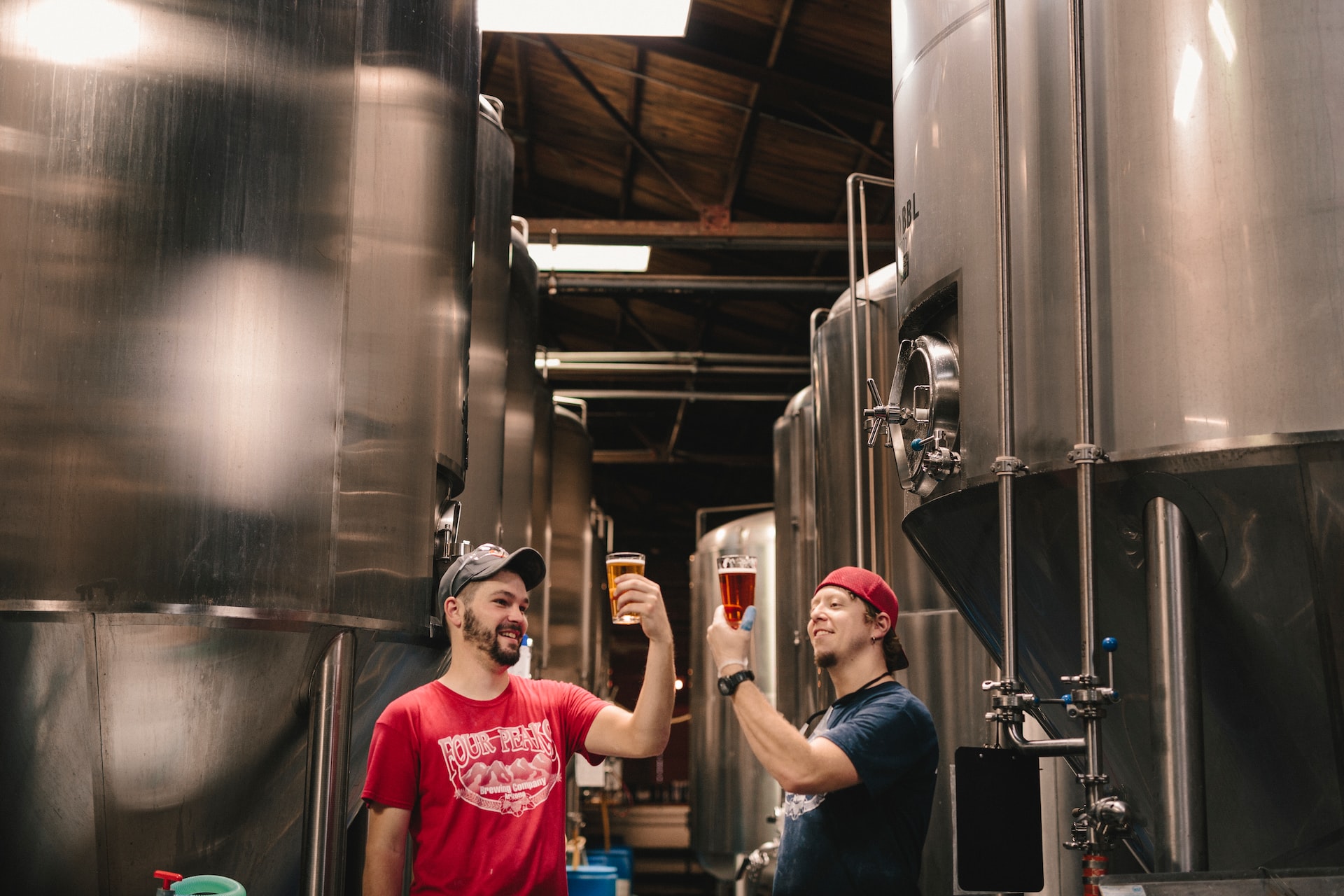When thinking about the growing brewery scene and how it continues to evolve, two terms often come up: tradition and innovation.
Each is important on its own, but when combined, they have the power to take craft beer to new heights. And while these two words may seem like opposites at first glance, they work in tandem with one another. Both tradition and innovation are essential to the continued success of America’s craft brewing industry.
This blog post will dive deeper into what these terms mean and how to identify the best craft brewery near me.

Anheuser-Busch: America’s First Craft Brewery
For more than 150 years (give or take a couple of decades), Anheuser-Busch has been the largest beer brand in America. This isn’t a title they’ve held since they were founded by Adolphus Busch back in 1852, though. AB was once a “craft brewery” itself.
For much of the 1800s, the beer industry was dominated by small, independent brewers. As a result, the word “brewery” was a term used to describe the entire industry, much like how the word “hospitality” can encompass a variety of industries (such as hotels, restaurants, and resorts).
How Did Anheuser-Busch Become a Leader in the Craft Beer Movement?
The beer industry remained this way until the early 20th century when a handful of large corporations began to gain control. By the late ’40s, three companies (Anheuser-Busch, Schlitz, and Pabst) controlled most of the beer industry in the United States. Interestingly enough, it was Anheuser-Busch who kicked off the craft beer movement.
Decades before “craft brewery” became common, AB started buying up smaller breweries and incorporating their recipes into their Budweiser line. This allowed Budweiser to continue growing in popularity while still serving the needs of smaller breweries and regional tastes.
Unique Selling Propositions (USPs) for Small Businesses
A USP is a marketing term that describes what makes your business different from the competition. If you’ve seen a marketing campaign that says, “We do X better than anyone else,” they’re referencing a USP. Craft breweries rely on these and other marketing strategies to stand out.
This is especially important as the industry continues to grow and more breweries pop up in every corner of the country. Without a clear USP, it can be difficult for customers to differentiate between products offered by similar breweries and brands.

Be Unique in Your Marketing Strategies
One way that craft breweries have been rising to this challenge is by exploring new marketing tactics. This may include changing how they market their beer or holding events that are outside the norm. For example, some breweries focus their marketing efforts on the community and save events that benefit local organizations. Or they might choose to run campaigns that focus on giving back to the environment.
Being unique in your marketing strategies doesn’t always mean changing things completely. Sometimes, it’s as simple as finding a new way to present your products and marketing message. For example, one brewery, in particular, decided to stand out from the crowd by focusing its marketing efforts on a demographic that often feels underrepresented in the craft beer scene: women.
Implement Cross-Marketing Strategies
Another strategy that some craft breweries are using to stand out is cross-marketing. This is when a business cultivates partnerships with other brands and companies in the industry to help all parties involved gain more exposure and reach more customers. Take, for example, the partnership between a brewery and an outdoor clothing company.
The outdoor brand might partner with the brewery to create a new beer designed to be enjoyed while outdoors and then use the product as a way to promote their clothing products. This is just one example of cross-marketing strategies that breweries can use to help stand out. The important takeaway is that breweries can use cross-marketing to better benefit one another and their customers.
Conclusion
As the craft beer industry continues to grow, breweries need to stay true to their roots and maintain the industry’s original values. This means embracing tradition and maintaining an unwavering focus on quality. It also means being open to the idea of innovation and change.
New trends and modernized marketing tactics sign that the industry is moving in the right direction. All craft breweries must do is ensure they’re keeping up with these changes and adapting as needed.


